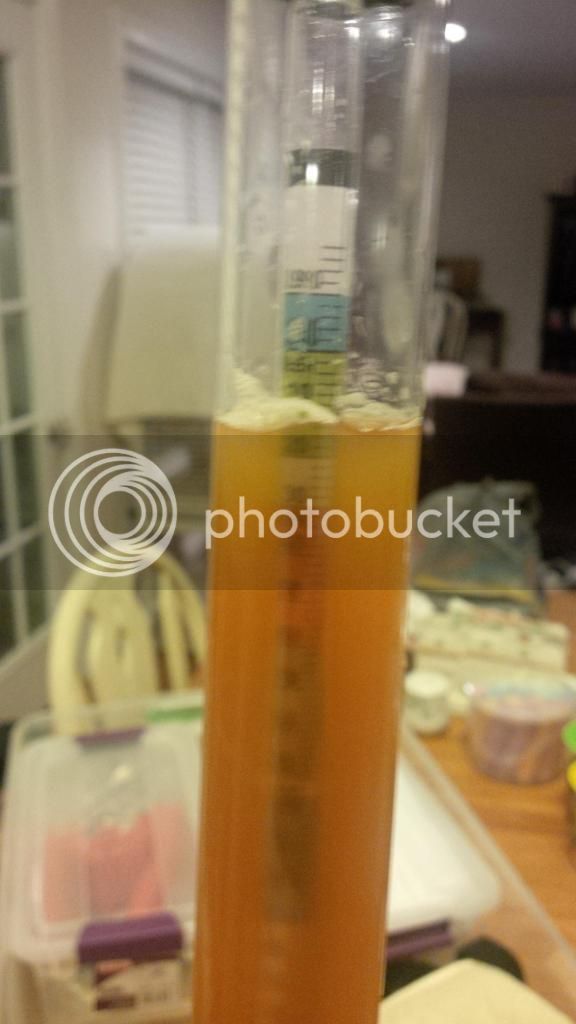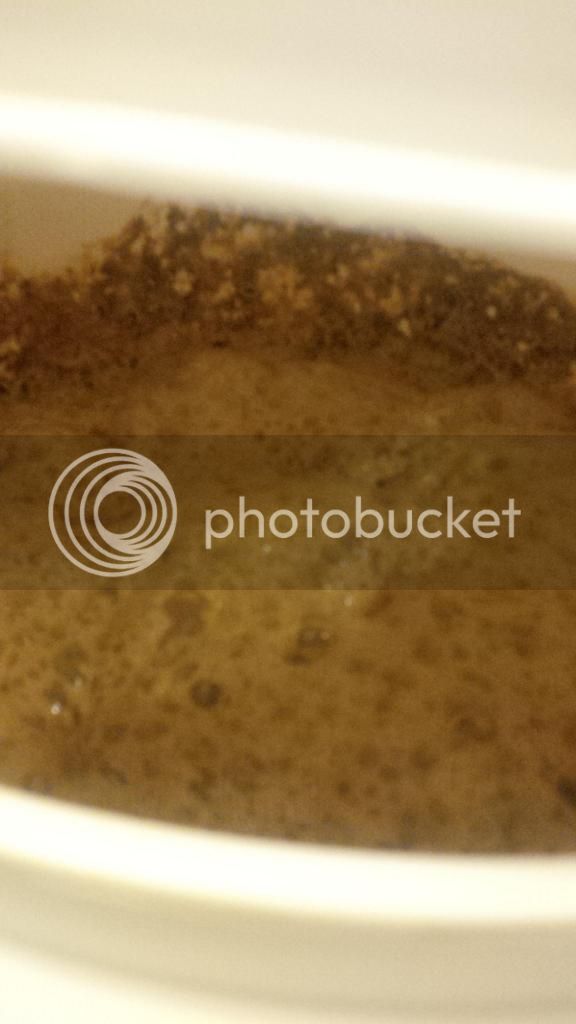Yooper is very correct in his statement.
It's not as much about surface area as it is difference of temps and quantity of volumes. Try the ice bath to 100 and mix with 2.5g freezer water method and you'll be amazed. Sometimes I would fall to mid fifties in mid winter in Florida using this method on accident.
Now getting all 5g of my AG batches down in temp is proving to be a pain in FL with 85 degree ground water...
We're off topic so I figured I'd stop talking about it.
I was willing to be wrong but I wanted an explanation because it was counter intuitive. I sat down and did the math and finally figured it out.
I'm not sure it's so much volume difference as that hotter items lose more total heat in the same time as a cooler item as friesste pointed out. My problem was determining if that extra heat loss as it cools is actually great than larger heat loss of adding the ice first. I did the math. It was.
Case 1: ice first. 2-gallons 212 goes to 5-gallons 104 [
That's a big difference! It was hard for me to accept that this might not be desirable]. Which is 40 above room tempature. Cool it for 20 minutes and drops 80% to 8 above room temp. = 72 degrees.
Case 2: ice last 212 is 148 above room temperature. Cool it for 20 minutes and drops 80% to 30 above room temp = 94. mix ice 2 gallons 94 goes to 5 gallons of 57 degrees.
So, yes, Yooper and Friesste were right.
I think what I didn't take into account was the ice-drop of 108 degrees by adding the ice first isn't actually "abandoned" in the second. Cooling by 40 degrees with ice is a lot less than cooling by 108 degrees by ice, true. But the missing 60 degrees (and more) was account for in the air cooling.
But still. Very counter intuitive.
====
And it's lack of faith. I
know that if I get it to 90 ice will drop it to the 60s. But when I'm in the kitchen it seems all but impossible that I'll *ever* get to to 90. It's 212 and hot so I drop the ice in and *imediately* it gets down to 110. Wahoo! Now I just got to beat it down to 80 and surely beating 110 to 80 seems much easier than beating 212 to 90.
But apparently it's not. It's not at all.







